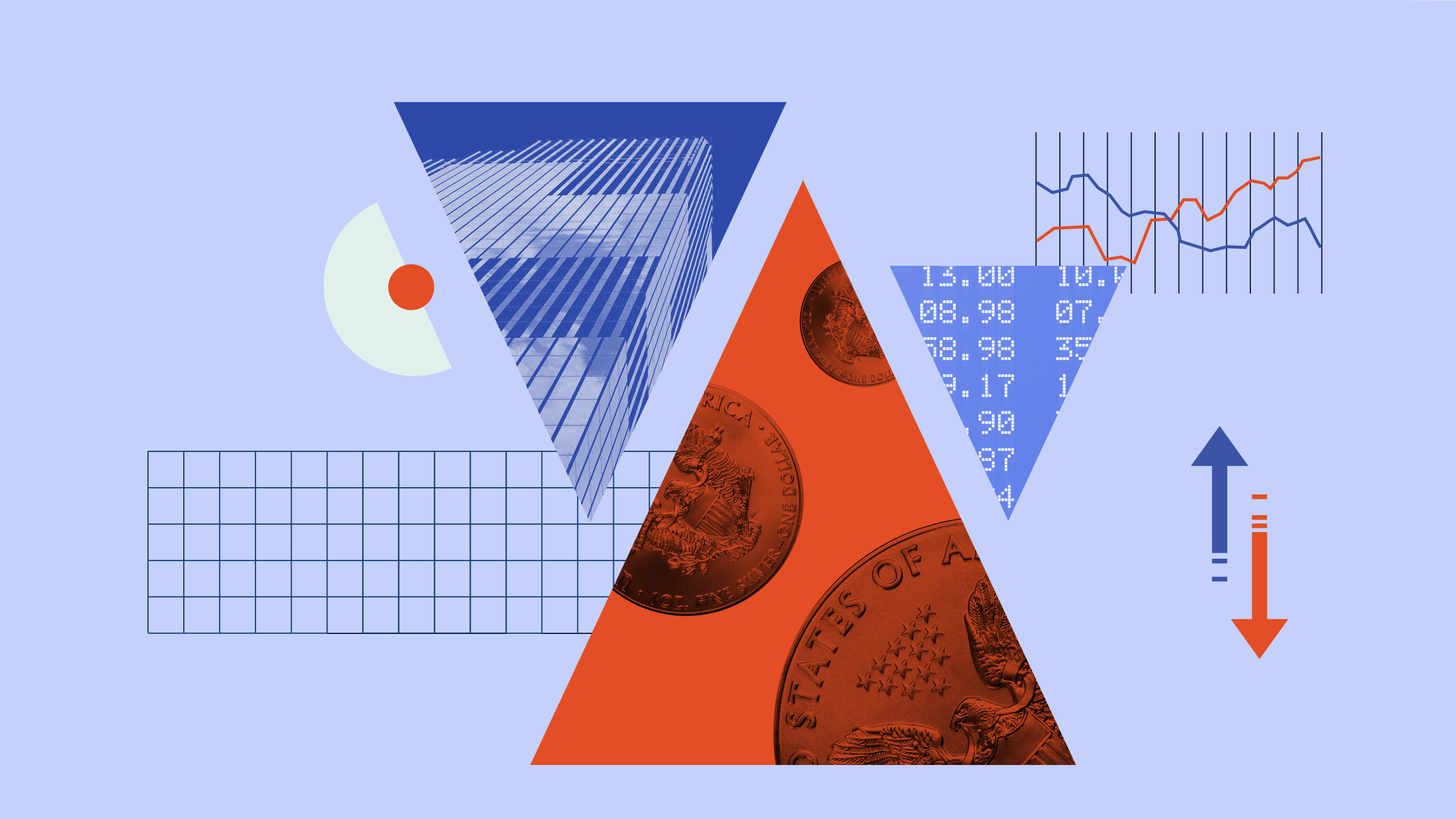Fund factsheets contain a raft of information to guide novice and experienced investors but these documents, packed full of facts and figures, can be often be daunting to start with. Published each month by every fund, factsheets are usually laid out in a standardised way so once you know what to look for, you can navigate the document for any fund.
Here we break down the most important elements on a Morningstar factsheet, including the fund’s performance and its portfolio. This example uses Fidelity Special Situations, which has a Silver rating from Morningstar.
Key Features

Starting at the top, you have the fund name, but there’s also the “W” letter, which represents the share class of the fund. “Acc” refers to accumulation units – which when you buy units in the fund, the manager reinvests any income received rather than paying it out as a dividend. Funds also off "Inc" or income units for those investors who want to their dividends paid out.
The Morningstar Analyst Rating is a qualitative rating for a fund and runs from Negative to Gold. In this case, the Morningstar and fund benchmarks are the same: the FTSE AllSh means FTSE All-Share, a widely used index of 632 companies listed on the London Stock Exchange. “TR” here stands for “Total Return”, which includes capital gains and dividends. The Morningstar Rating is a quantitative rating based on a fund’s past performance.
One of the most important parts of a fund factsheet is the “investment objective”. This explains what the fund manager plans to do, in terms of targeting capital gains or income. Here you are given the main geographical focus – in this case the UK – and what size of company will be invested in. “ACD” refers to “Authorised Corporate Director”, which runs the fund on a daily basis. This fund has a relatively wide choice of investments and “collective investment schemes” are funds or trusts. It also uses derivatives, which are a standard feature of a manager’s toolbox.

Performance
In this example, the fund outperformed its benchmark by 75 basis points in the first seven months of the year (in this case the very commonly used benchmark, the FTSE All-Share) - indicated by the far right column, which shows performance for 2019 until July.
For comparison, you can also see the performance of the fund's Morningstar category (UK Flex-Cap) and its IA sector, ie. one used by the Investment Association. Other factsheets may show the benchmark’s standalone gain/loss (in this case, 15.23%). At a glance you can see that the fund has, since mid-2015, generally outperformed its benchmark. This tallies with the “Investment Objective Summary”, where it states that the fund aims to provide a total return in excess of the FTSE All-Share Index.

The returns can be broken down even further, to the last three months and six months. Those taking a longer term view can see that the fund has beaten its benchmark and category over 10 years on an “annualised” basis, which includes income and capital gains. These are “trailing”, or historic, returns.
Because fund managers often focus on quarterly performance of the stock market, the quarterly returns for the fund are included here, you can see that quarter four of 2018, was a bad one for the fund (as it was for the wider market).

Portfolio
Here we get a view on where the manager invests the fund’s money, ie. in stocks, bonds or cash. A quick glance shows an investor that the manager is not “shorting” any stock, ie. betting that the company’s share price will fall. To be "long" means the manager is investing in the hope that the shares or bonds will inrease in value.
The “Equity Style Box” shows where the fund sits in relation to “value” or “growth” styles of investing; in this case, the fund invests largely in “value” companies that are unloved by the market but have the potential to outperform.
Meanwhile, the market cap chart shows that fund has exposure to a wide range of companies, but that average size of the company invested in is £7 billion, which would count as a “mid-cap” firm.

The holdings information gives you an idea of which companies that funds invest in. It doesn’t give you the whole list but you can see that at 76, it’s a fairly well spread portfolio - concentrated funds might only have 20 or 30 holdings.
The top 10 holdings account for 47.62% of the fund's total assets and the largest, accounting for almost 8% of assets, is a Fidelity fund rather than a company. The third largest holding is a contract for difference (CFD), a type of derivative, in buildings material firm CRH. Two of the other top five names are Swiss firm Roche and US bank Citigroup, so you already get an idea that the fund is geographically diverse.

Next you get a view of which sectors the fund’s constituents belong to under "Stock Sector Weightings" in the top-right column. Morningstar breaks these down into three main categories or “super sectors”: cyclical, sensitive and defensive. When the economy is prosperous cyclical industries tend to expand and when the economy is in a downturn these industries tend to shrink.
Defensive industries provide services that consumers require in both good and bad times, such as healthcare and utilities. Sensitive industries fall between the defensive and cyclical industries as they are not immune to a poor economy but they also may not be as severely impacted by a poor economy as cyclical firms. This example shows that nearly 90% of the fund is exposed to firms in cyclical and sensitive sectors.
There is also a regional breakdown, which is a useful tool for managing the geographical spread of your portfolio: what you thought was mainly a UK fund, for example, may turn out to be one with significant overseas exposure. You might want to exclude the UK for Brexit reasons or boost your exposure to emerging Europe.
The last section contains some useful factual information: how to contact the fund company, who runs it, how big the fund is, what are its charges and crucially what currency the fund operates in. An income investor might also be focused on how frequently dividends are paid, for example.




























